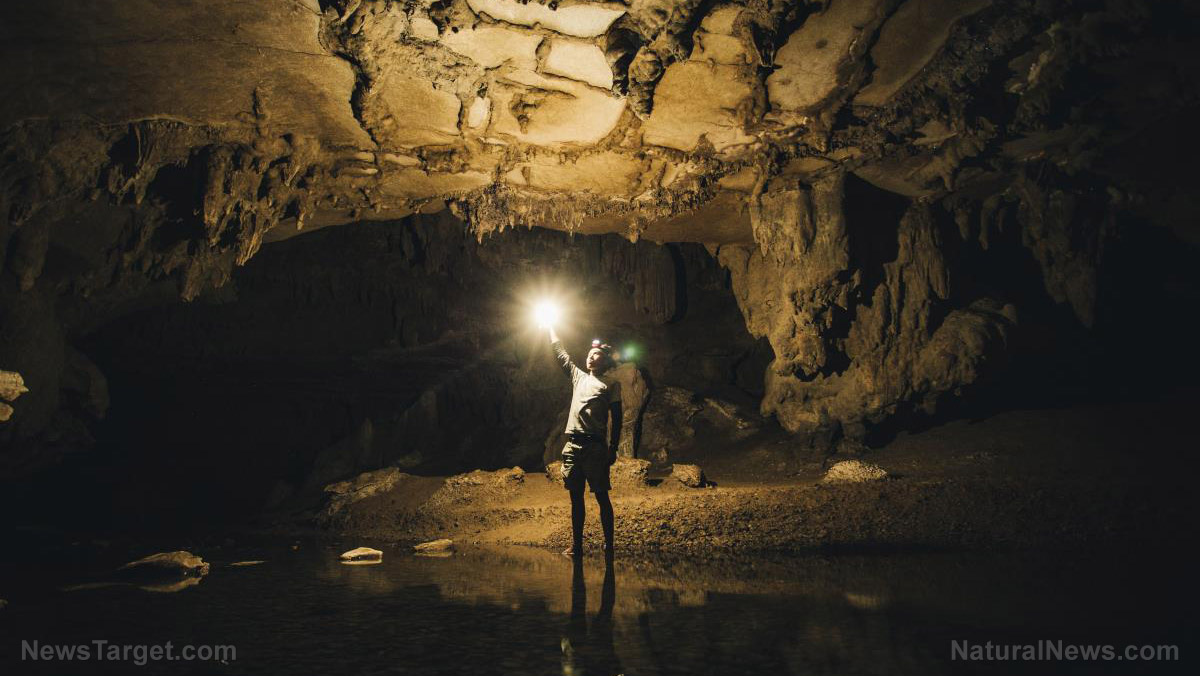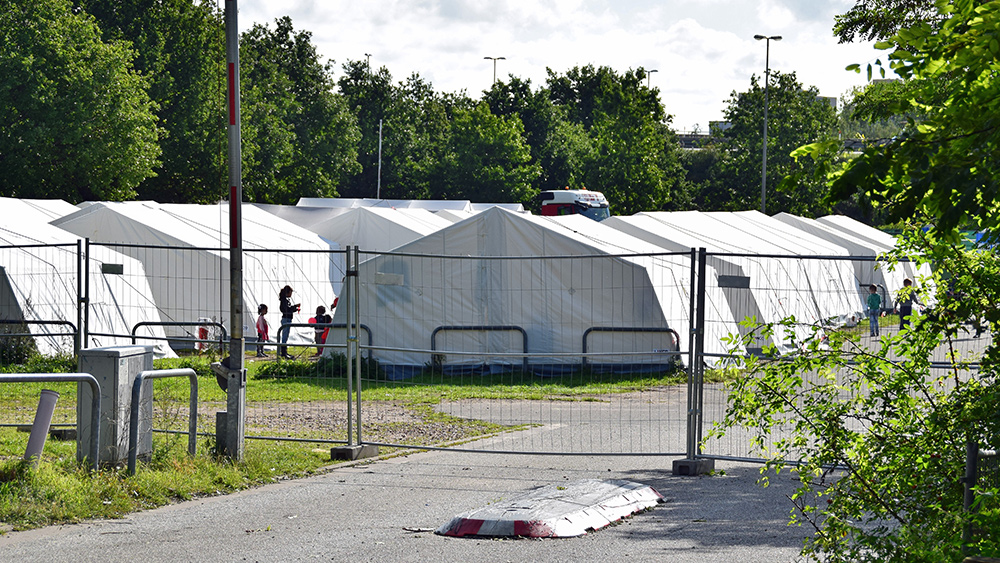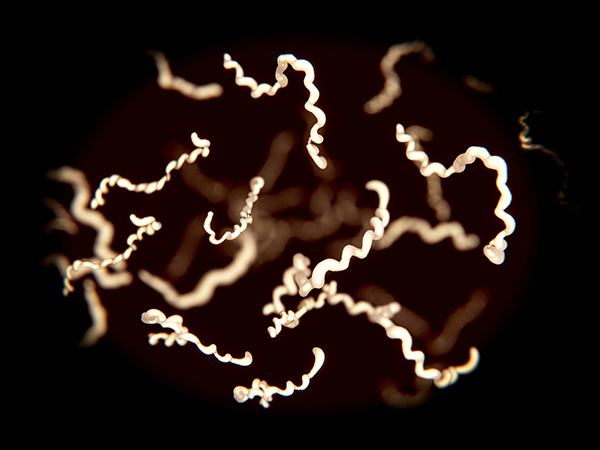Underground cities: Proof of human ingenuity and flexibility
03/25/2024 / By Kevin Hughes

Ancient kingdoms and civilizations around the world created cities underground, a phenomenon that has fascinated historians and archaeologists alike.
These cities were usually carved out of solid rock or built underground to give shelter, protection and refuge to the people. They served as defensive structures, hiding places during times of war or places of residence during hard weather conditions.
These cities are not only remarkable engineering achievements, but they also supply important insights into the lives and cultures of the people who settled them. They stand as proof of human ingenuity and flexibility in the face of different challenges throughout history.
There are dozens of notable examples of underground cities. Here are just six of them:
Derinkuyu: Turkey’s ancient multi-layered city
Situated in Turkey’s historic Cappadocia region, Derinkuyu is one of the biggest underground cities in the world. The captivating city was discovered in 1963 and is believed to have been constructed around the eighth century B.C.
Derinkuyu’s 18-story interior was a self-contained metropolis that contained ventilation shafts, wells, kitchens, schoolrooms, oil presses, a bathhouse, a winery and living space for around 20,000 people. It also has livestock and storage facilities.
Making Derinkuyu even more intriguing is its link to other underground cities through a series of tunnels, operating as a complete underground network.
Hal Saflieni Hypogeum: Malta’s subterranean temple
The Hal Saflieni Hypogeum in Malta is an ancient underground compound tracing back to 4,000 B.C.
It is believed to be one of the best-preserved prehistoric sites in the world. The unbelievable structure presents numerous levels and chambers, elaborately carved out of limestone rock.
The Hypogeum – another term for an underground temple or tomb – operated as a burial site and a location for ancient ritual practices. Its beautifully sculpted chambers keep the remains of over 7,000 individuals.
The most captivating aspect of this place is the acoustic properties discovered within its “oracle chamber,” where sound echoes at extraordinary frequencies that studies claim may have been able to alter states of consciousness.
Petra: Jordan’s Rose City
The ancient city of Petra in Jordan, also called the “Rose City” because of its pink sandstone cliffs, is an astonishing example of a partially underground city. The Nabateans – ancestors of today’s Arabs – constructed Petra at around 600 B.C.
Petra features intricate rock-cut architecture that comprises tombs, temples and living quarters.
The most well-known monument in Petra is the Al-Khazneh, or the Treasury, a massive rock-cut tomb carved directly into the cliffside. Other major attractions include Ad Deir or the Monastery, the Royal Tombs and the Street of Facades.
Orvieto: Italian underground city
Settled atop a volcanic rock in Umbria in central Italy, the small city of Orvieto and its 20,000 residents attracts visitors due to its enormous collection of subterranean attractions.
Below the city’s streets, a labyrinth of more than 1,200 caves, wells, tunnels and galleries shows Orvieto’s rich history.
The Etruscans – a pre-Roman civilization – first inhabited the area in the ninth century B.C., and several underground features like cisterns and tombs date back to that era.
Over the centuries, the area’s inhabitants have built up the underground area. This includes the Pozzo di San Patrizio, or the Well of St. Patrick. Completed in 1537, the well goes down 62 meters (203 feet) and is a dazzling example of Italian Renaissance engineering.
Lalibela: Ethiopia’s rock-carved churches
The town of Lalibela in Ethiopia is famous for its series of amazing rock-carved churches. Constructed in the 12th and 13th centuries by the command of King Gebre Meskel Lalibela, these monolithic churches were hewn directly from the rock.
Lalibela, traditionally known as Roha, was intended to be a “New Jerusalem” for Ethiopian Christians and has since become an area of deep spiritual importance.
The 11 churches in Lalibela are connected through a series of tunnels, passages and underground chambers.
Prominent churches include the iconic cross-shaped Bete Giyorgis, or the Church of St. George, Bete Medhane Alem and the Church of the Savior of the World. The churches remain a pilgrimage destination for Ethiopian Christians.
Chan Chan: Peru’s uncovered ancient civilization
Situated close to the northern coastal city of Trujillo, Peru, the ancient city of Chan Chan gives a glance into the captivating world of the Chimu civilization.
As one of the most comprehensive pre-Hispanic cities in South America, Chan Chan boasts an elaborate system of underground canals, tunnels, and spaces that permitted effective water and resource management during the city’s heyday. (Related: Ancient Maya civilization purified water using filtration system made of crystal minerals.)
The city’s evasive subterranean infrastructure also served as a refuge during severe weather conditions and possible invasions by aggressors.
Visitors can now explore the archaeological location of Chan Chan to reveal its rare history, which consists of both above-ground and underground remains of the Chimu civilization’s intricate societal structure.
Watch this short video discussing Derinkuyu and other underground cities all over the world.
This video is from the Moab channel on Brighteon.com.
More related articles:
Ancient “embassy” in famed Mayan city hints at two allied states turned bitter foes.
Sources include:
Submit a correction >>
Tagged Under:
ancient civilization, ancient history, Archaeology, artifacts, Chan Chan, Derinkuyu, discoveries, Hidden History, Lalibela, Orvieto, Petra, prehistory, real history, research
This article may contain statements that reflect the opinion of the author
RECENT NEWS & ARTICLES
COPYRIGHT © 2017 DISCOVERIES NEWS



















